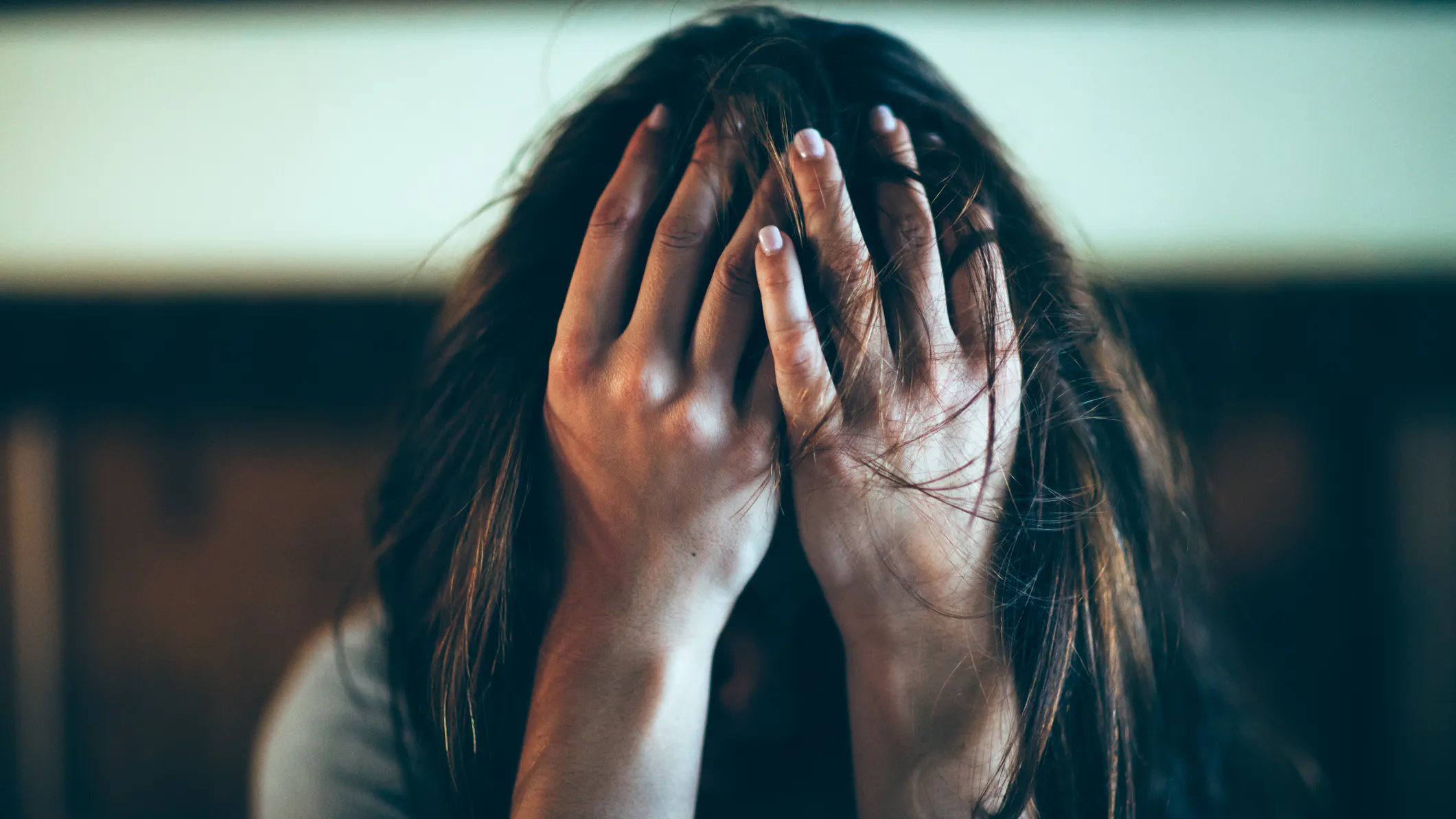A new report released by the Centers for Disease Control and Prevention (CDC) uncovered extremely high levels of depression, suicidal thoughts, substance use, and violence experienced by teen girls — and even higher levels for kids who identify as “LGBQ+”.
The report, which comprises data collected from the fall of 2021, is our first glimpse of the CDC Youth Risk Behavior Surveillance findings since the start of COVID lockdowns. Though these numbers were already on a troubling trend prior to lockdowns, it appears the lockdowns and other factors (we’ll get into later) kicked the crisis into high gear.
By The Numbers: Teen Girls
Nearly 3 in 5 high school girls surveyed — or a shocking 57% — reported feelings of persistent sadness or hopelessness, which is a 60% increase over the past decade.

Source: CDC
Another 30% of teen girls said they’ve seriously considered attempting suicide in the past year, an 11-point increase since 2011, when the rate was at 19%. For some comparison, boys answering that same question about suicide showed a 1% increase since 2011, totaling 14%, which is about half of what was found for girls.

Source: CDC
On to sexual violence: More than 1 in 10 teen girls surveyed said they’ve ever been forced to have sex, a 27% jump from just 2019 and the first increase the CDC has seen since monitoring the metric. Nearly 1 in 5 teen girls said they’ve experienced sexual violence over just the past year, that’s a 20% increase from 2017.

Source: CDC
LGBQ+
And if you think those numbers are bad, let’s take a look at the teen students who identify as “LGBQ+”. (The CDC dropped the transgender — the “t” — from the acronym because the agency said it never specifically asked about “gender identity.”)
Nearly 70% of these students said they suffer persistent feelings of sadness or hopelessness — that’s just about double the teens who identify as heterosexual. And almost half said they’ve seriously considered attempting suicide, with about 1 in 4 actually attempting suicide.

Source: CDC
CDC ‘Strategies’
The CDC basically recommended school intervention as the answer, here, citing the amount of time American kids spend in the classroom on a daily basis. It suggested something called “school connectedness,” which it defined as an environment where students feel that adults and peers in the school care about their learning as well as them as individuals.
Ironically, and pretty unbelievably, the agency also recommended more LGBTQ clubs and additional “quality health education” that’s “LGBTQ+ inclusive” and focuses on “sexual consent.” In other words: more sexual education.
Other Factors
It’s unclear if the CDC will have more recommendations in the future, but noticeably absent from the agency’s listed strategies was anything about the mainstreaming of gender confusion (well, aside from encouraging more of it), social media use, or the pervasive nature of pornography.
Young girls have seen rates of depression, anxiety, and self-harm spike since around 2010, when social media platforms were really expanding, research shows. For one thing, places like Facebook and Instagram, where girls are comparing their “likes” and photos to others, can really amplify body image issues and other insecurities.
And then there’s easy access to pornography, which is no doubt informing the extremely young on sex in the worst ways.
Studies have shown that kids as young as elementary school are being exposed to this adult content, with an estimated 15% of kids being exposed before they’re even 10 years old. And of the teens who watch porn on a regular basis, an estimated 83% of them have viewed porn that depicts rape and other violence, which is likely tied to the spike in sexual violence experienced by young girls.
Unfortunately, the numbers show a really bleak prospect for all our young people, and until we get serious about what’s really causing these problems, we can expect these trends to continue.
The National Suicide Prevention Lifeline is a free hotline for individuals in crisis or distress or for those looking to help someone else. It is available 24/7 at 1-800-273-8255.

Continue reading this exclusive article and join the conversation, plus watch free videos on DW+
Already a member?

.png)
.png)

